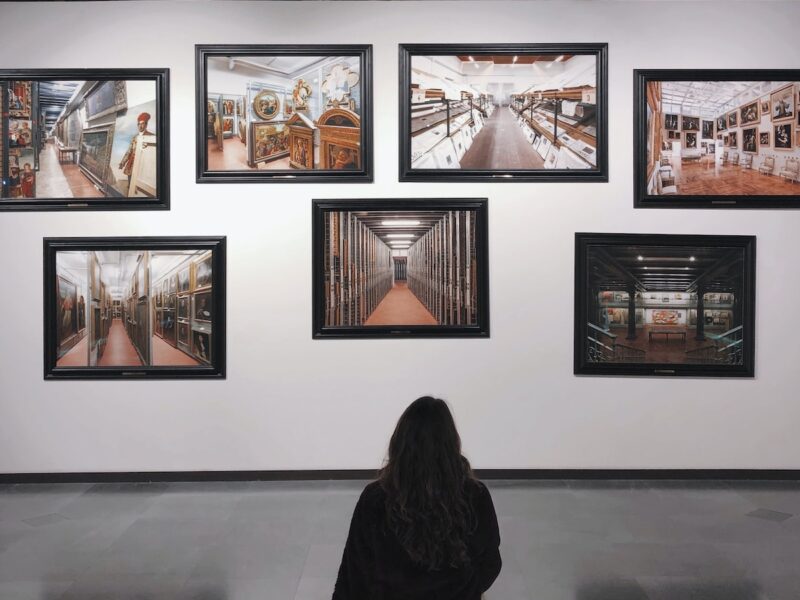
You wouldn’t think a career that’s respected and traditionally lucrative would have a shortage of applicants. The number of people pursuing MDs has been decreasing in recent years, however, and that has the medical community very concerned.
Primary care is especially in need of great physicians, but after spending a decade (or more) in school and serving internships and residencies, new doctors tend to look for a specialized field where they can pursue their passion and make more money.
What does it mean to make healthcare available to everyone? Clearly there’s a need for it, but is everything going to pan out when supply can’t meet that demand? Primary care isn’t just the responsibility of MDs, but also nurses, PAs, MAs, and a slew of support staff like radiologists.
As a primary care providers, these professionals treat everything from pneumonia to diabetes.
The role of a primary care physician
You might think that a primary care physician is kind of like an attorney you keep on retainer, and there are similarities. However, these MDs don’t just work in diagnostics, but also manage chronic conditions and advocate for the general public’s health. They can help patients navigate health care systems and guide them toward the best specialists for a particular ailment. They’re a crucial part of a healthy country, but it seems to be a dying profession.
A recent study by the University of Missouri-Columbia and DHS estimates that a shortage of up to 44,000 primary physicians will occur in the United States by 2025. The trends are little different in most developing nations. Too little is being done to lure residents into the field.
After all, why would someone who’s spent well into the six figures and a decade of his or her life in studies settle for a career that’s much less lucrative than another option?
The new face of medicine
An article by The Journal of the American Medical Association revealed that only two percent of recent medical students are selecting general internal medicine. They say it’s a more challenging career path, both professionally and personally, and nowadays everyone seeks work-life balance.
They hear about the charting and paperwork that primary physicians have to do, and the thought of caring for chronically ill patients simply isn’t as appealing.
Some attempts have been made to stop this decline. The American Medical Association has promised to provide financial incentives for med school students to choose primary care. If nothing changes, the population will continue to grow while the number of primary physicians declines, which means the doctors will be overwhelmed by patients. If you think it’s difficult to get an appointment now, just wait a few more years and see how bad it can get.
The issue with access to care
Does it really matter if everyone has access to care if there’s no one available to do the caring? Some experts say you don’t need to wait until 2025: that the shortage is nearly here. A survey conducted by The Physicians Foundation revealed that 50 percent of current primary physicians said they will either stop practicing or drastically reduce their patients in the next three years.
They’re simply burned out, and the question of physician pay has been a hot topic lately, even inspiring a viral YouTube video.
Unfortunately, 33 percent of the survey participants said they are already overworked to the point where they can’t communicate with and treat all patients; and 60 percent said paperwork was a big problem. However, it’s not all doom and gloom, because primary care physicians can often set their own hours or even open their own practice.
When medical students are considering the possibilities, quality of life and career control are just as important as salary, and it starts with looking at all the options.


